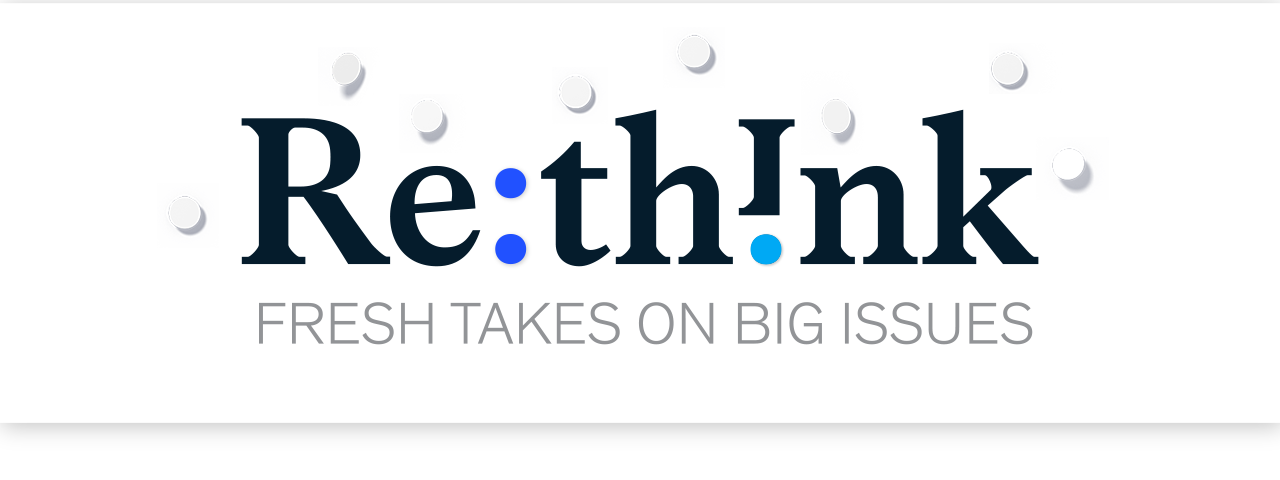| | |
|
|
ON SUPPLY CHAINS
Decarbonized supply chains are resilient supply chains
|
|
|
|
|
|
|
|
|
|
|
|
With supply chain disruptions now a fact of life for many companies, resilience has become the top priority for business leaders. One critical aspect deserves more attention: decarbonization. Juggling cost, resilience, and decarbonization may sound challenging, but these elements can work hand in hand.
Decarbonized supply chains are ultimately more resilient supply chains—and may even unlock the way to cheaper supply chains in the coming years. And shipping, which accounts for around 90 percent of ton-miles covered in global trade, is a good place to start.
Decarbonized shipping won’t fix supply chain bottlenecks such as driver shortages or a lack of warehouse space, but it can help with fuel price volatility. Improving fuel efficiency reduces exposure to wild price swings in fuel costs. Our research shows that between a third and half of decarbonization will come from greater fuel efficiency.
The adoption of zero-carbon and carbon-neutral fuels will close the remaining gap. Clean hydrogen-based fuels (including e-methanol, e-ammonia, e-methane, and hydrogen itself) may become cost competitive in ten to 20 years. Unlike the production of fossil fuels, which is concentrated in specific regions, the manufacture of hydrogen fuels is geographically diverse. After all, solar power and wind are abundant in many places. Such availability should result in a competitive landscape that lowers costs.
What’s more, the trend toward supply chain decarbonization is clear. Across industries, companies are upping their scope-3 decarbonization targets, which include reducing supply chain emissions. Many shipping companies have pledged to reach net zero by 2050. The more gung-ho ones are aiming for 2040.
Setting bold scope-3 targets now can save companies from being forced to make sudden, more expensive adjustments in the future when regulators tighten environmental standards. The International Maritime Organization is targeting, by 2050, a 50 percent reduction in absolute CO₂ emissions from 2008 levels, but many governments are pushing for shipping that is fully carbon neutral by 2050.
|
|
| |
|
“The potential impact of biofuels—representing a reduction in CO₂ emissions of anywhere between 25 and 60 percent—is nothing to scoff at.”
|
| |
|
However, more needs to be done. Looking at the current policy landscape, the likely rates of improvement in ship efficiency, and the declining costs of alternative fuels and then projecting forward, we expect the global shipping industry to release about 20 percent more CO₂ between now and 2050—nowhere close to carbon zero.
The first step is for companies to add transparency into their supply chains’ carbon output. This was traditionally hard to do because of market opacity around different vessels’ fuel performance. But solutions now exist that estimate carbon emissions based on the vessels that carry goods, and new Internet of Things innovations are making emissions omniscience a reality.
|
|
|
This visibility allows businesses to identify and seize quick wins. For a cargo owner, for example, choosing a ship that consumes 3 percent less fuel will immediately reduce CO₂ emissions by 3 percent. Plus, the cargo owner can encourage its shipping partners and their fuel providers to experiment with biofuel pilot schemes. The potential impact of biofuels—representing a reduction in CO₂ emissions of anywhere between 25 and 60 percent—is nothing to scoff at.
Naturally, the big question is making the economics work. In sectors such as consumer goods, companies may be able to spread the cost across the value chain. Customers of consumer electronics, fashion, and automobiles are unlikely to balk at miniscule price increases for greener shipping. A 20 or even 50 percent rise in shipping costs may translate to only a few extra dollars for someone buying a pair of sneakers.
What if a business is transporting commodities and can’t offload the extra cost? Even so, the company may be able to enter into arrangements with shipping partners and fuel suppliers that give it the confidence to invest in fuel-efficient technologies or cleaner fuels. Innovative commercial agreements such as buyers’ clubs and long-term take-or-pay contracts will become more common in the coming years.
Despite current supply chain disruptions, many executives haven’t lost sight of the importance of decarbonizing their supply chains. I’m encouraged that they see seismic shifts on the horizon: stricter regulations are coming, and customer demand for cleaner practices is growing. Those who don’t act now may emerge from one maelstrom only to find themselves in the troubled waters of the next one.
|
|
|
| | |
|
Matt Stone is a partner in McKinsey’s London office. |
|
| |
|
| |
| |
|
|
|
|
|
|
Zero-emission fuels and vessels will need to start being deployed at scale over the next decade to achieve full decarbonization of the shipping sector by 2050. This ambitious goal could be catalyzed by green corridors.
|
|
|
|
|
 |
|
|
|
|
|
Your company’s purpose strengthens resilience and creates value—if it’s genuine. A new framework highlights a detailed approach to embedding purpose throughout your organization.
|
|
|
|
|
|
|
| |
Steve Van Kuiken on four tech trends that matter |
|
|
As innovation moves to the edge of your company, the role of IT shifts dramatically—as does the CEO’s role in managing technology and innovation.
|
|
|
| | |
This email contains information about McKinsey’s research, insights, services, or events. By opening our emails or clicking on links, you agree to our use of cookies and web tracking technology. For more information on how we use and protect your information, please review our privacy policy. |
|
You received this email because you subscribed to our McKinsey Quarterly alert list. |
|
|
Copyright © 2022 | McKinsey & Company, 3 World Trade Center, 175 Greenwich Street, New York, NY 10007 |
|
|
|
|
|





